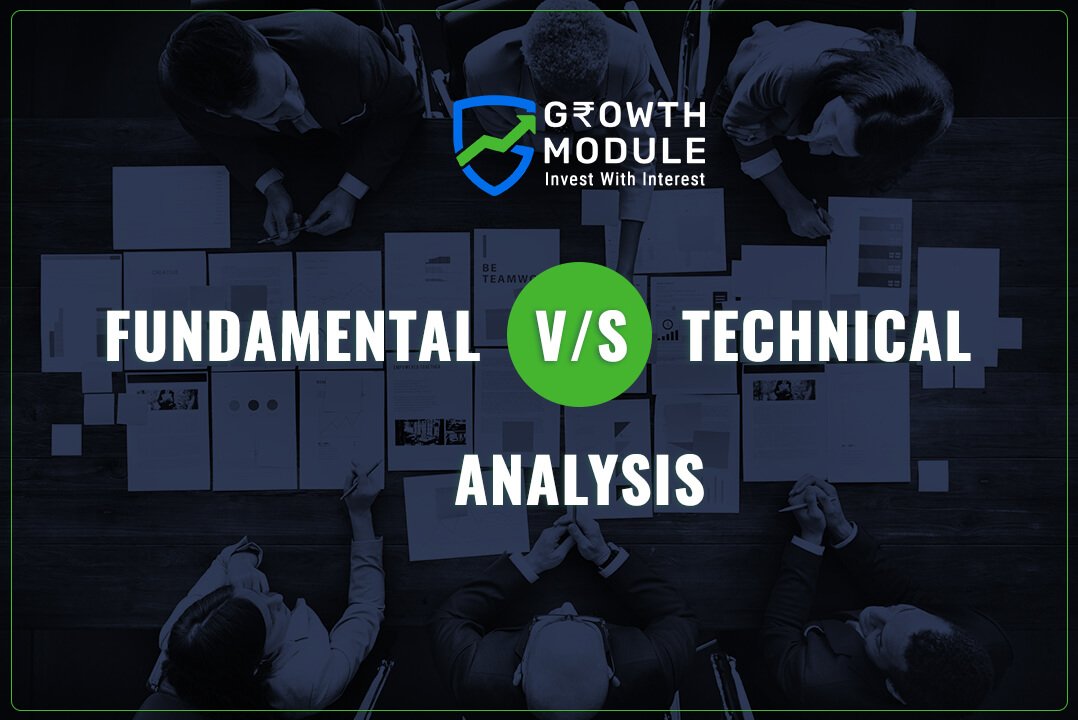“It is just not working. Stocks I invested in are sinking. Need a solution to mitigate my losses”, said one of my frustrated friend who like many others had invested in the stock market based on random tips with the expectation of getting lucrative returns.
Does this situation sound familiar to you? Many people have lost money in the stock market by investing based on tips. And that’s why people should first learn about stock markets and then invest in it.
However, whenever you suggest someone to learn, the most common question that arises is, “Why should I learn about the stock market?” Mind you, it’s your own hard-earned money that you are investing in the stock market and it is in your interest only to make sure that you get the desired return from it. No one will have the same interest and passion about your money.
Learning about the stock market will help you develop the required skill set to begin your investment journey. Another advantage of knowing about stock markets is that you can manage your investment on your own without depending on anyone. The stock market can be game-changer for your investments provided you get the hang of the basics.
Fundamental analysis or technical analysis? This is another daunting question people debate about when approaching the stock market. Both schools of thought suggest a certain methodology for researching and forecasting future trends in stock prices and like any other philosophy both have their pros and cons. Let’s first understand what they both mean.
In fundamental analysis, evaluation of securities is carried out by measuring the intrinsic value of the stock. The study involves, everything from the overall economy to the management of companies, their earnings, expenses, assets and liabilities etc. Technical analysis differs from fundamental analysis as in that stock charts are used to identify patterns and trends where the picture printed by price action in the form of different candlesticks plays a vital role.
Fundamental analysts have to take into consideration the realised intrinsic value and prospects ahead to build future expectations. Hence this methodology is considered to build valuation based on backward and forward-looking information. Whereas, technical analysts identify the market activity without actually looking into the actual operations of the different companies. As the methodology is purely based on historical data, this is considered to be a backwards-looking methodology.
When it comes to comparing both, the key consideration is the time horizon. Fundamental analysis is a long term investment strategy. As market moves in various trends (uptrend, downtrend and sideways). Technical analysis, on the other hand, allows one to understand the long and short term trends of the stock. This helps an investor to invest in the desired stocks at the best price making use of price pullbacks. It also signals when the right time to withdraw profits is. As technical analysis helps to understand rallies and dips in price movement, the traders can make most of it for intraday or even positional trading.
In fundamental analysis, decision making depends on available industry statistics derived from economic reports, news and events which also involves site visits. The activity is considered time-consuming and also the reliability of the available data is questionable as one can’t rule out the possibility of manipulations. The best thing about technical analysis is charts don’t lie and the study involves reading charts. Combination of price action and indicators which when used in the right combination helps to understand where the market is headed, also it generates buy and sell signals. It offers unbiased truth about the market in a simpler and time-efficient way. Very often charts indicate the possible movement in stock before the fundamental reason is known to retail. In this context, technical analysts will always be ahead of a fundamental analyst.
Having said this, there is only one drawback of technical analysis, subjectivity. The technical analysts aren’t immune to the human tendency to attach themselves emotionally with their predictions. Just because two technical analysts are looking at the same chart, this does not mean they eventually have the same opinion about future direction. With in-depth knowledge and unbiased system in place, there is a possibility of ruling out the subjectivity in it.
So, to conclude, there will always be contradictory views from supporters of fundamental and technical analysts. No doubt the combination of both can offer a fair idea of the market and wonderful return. But one thing is for sure, with so many advantages in hand technical analysts will always be in a better position to make most of the market moves in terms of investment and trading, even without knowing fundamentals at all.
To summarise, whether one opts for fundamental or technical analysis, one must remember one quote by the legend Warren Buffett with the strong message in it – “Be fearful when others are greedy and be greedy when others are fearful.”




